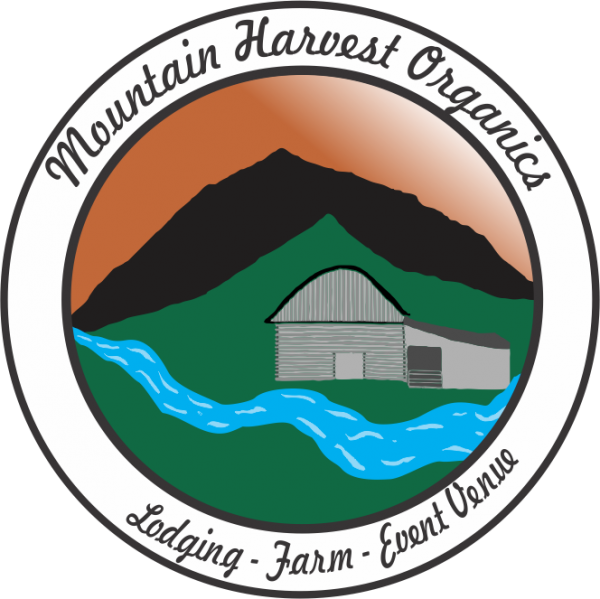Production Note, Vacation Cabin Rental, WP Migration
Farm vacations here we come…
In the next year and a half we hope to be offering farm vacations. For the past 5 years, with the exception of the last 2 winters, Carl and I have been doing computer work during the winter and for a few hours each week during our growing season, which considerably supplemented our farming income. Because of the economy, the hours at our computer job dwindled down to nearly nothing eventually to where it wasn’t worth our time switching gears to work at the computer job when we could focus on the farm, making us realize that we need to either find other computer work that provides more hours or figure out a way to earn more income off the farm. Don’t get me wrong, even while we did the computer work we were still full-time farmers, but this lifestyle required us to put in a ridiculous amount of hours annually just to live our dream.
Our ‘Life Goal’ is to earn all of our annual income off the farm so that we don’t have to commute or constantly juggle the farm jobs with off the farm work. Earning an income completely off the farm is very difficult to achieve because we don’t have additional acreage for increasing production nor do we live in an area where we can find the labor to support an increased production level.
So in order to reach our ‘Life Goal’, we are building a rental cabin that we hope will offer families an incredible “farm vacation experience” on a production farm. We don’t know of many production oriented farms that offer farm vacations, but we think children need to see where their food is grown and that by seeing veggies growing in the field then picking and eating those veggies, can be exciting and we hope to offer such an experience thus perhaps expanding the taste buds of younguns who visit the farm. We do know that while we are in production mode our farm isn’t always neat – equipment laying around, weeds, harvest/compost, projects underway – so keeping the farm ‘neat’ will be a challenge for us. Email us your suggestions for making this a success!
We have been contemplating this for a couple years, but because of the initial investment required for building a vacation rental cabin, our computer jobs seemed a lot better for us financially. Now we must take the plunge for our long term financial security of living off the land and begin offering farm vacations. As Carl and I age (further) we won’t be able to physically do the work required of farming so feel this diversification is necessary for income as we get older. Most farmers sell off their land for retirement, but we hope the next generation can farm this land, even while we are ‘put out to pasture’ on it.
We want to build the vacation cabin as sustainably as possible so our first step is harvesting enough wood from the farm to build the cabin. We have felled trees for firewood, but never large trees to be sawn into lumber, so meet Lee Stover from Maine, who for the next month will be teaching us a little about the trade of ‘Forestry’. Lee is staying with us for the month of February, and in exchange for room and board, he is showing us how to safely harvest trees using sustainable and low impact logging practices, mostly so that we can harvest and saw our own wood for the cabin and eventually a house. About 10 years ago we hired our neighbor to saw trees that had fallen from a tornado, those trees were used for building our barn, so we do have a little experience building with ‘rough’ sawn wood.
I am a little sad to be taking trees down but do know that this 130 acre farm has plenty of trees so harvesting a few trees will not be noticed from an aerial photograph. We will be harvesting a lot of hemlocks because most were killed by the woolly adelgid, and there are a lot of large hemlocks on this farm that seem very intimidating to fell, so I am thankful that Lee is showing us how to safely harvest these trees.
Here is what I have learned this week:













